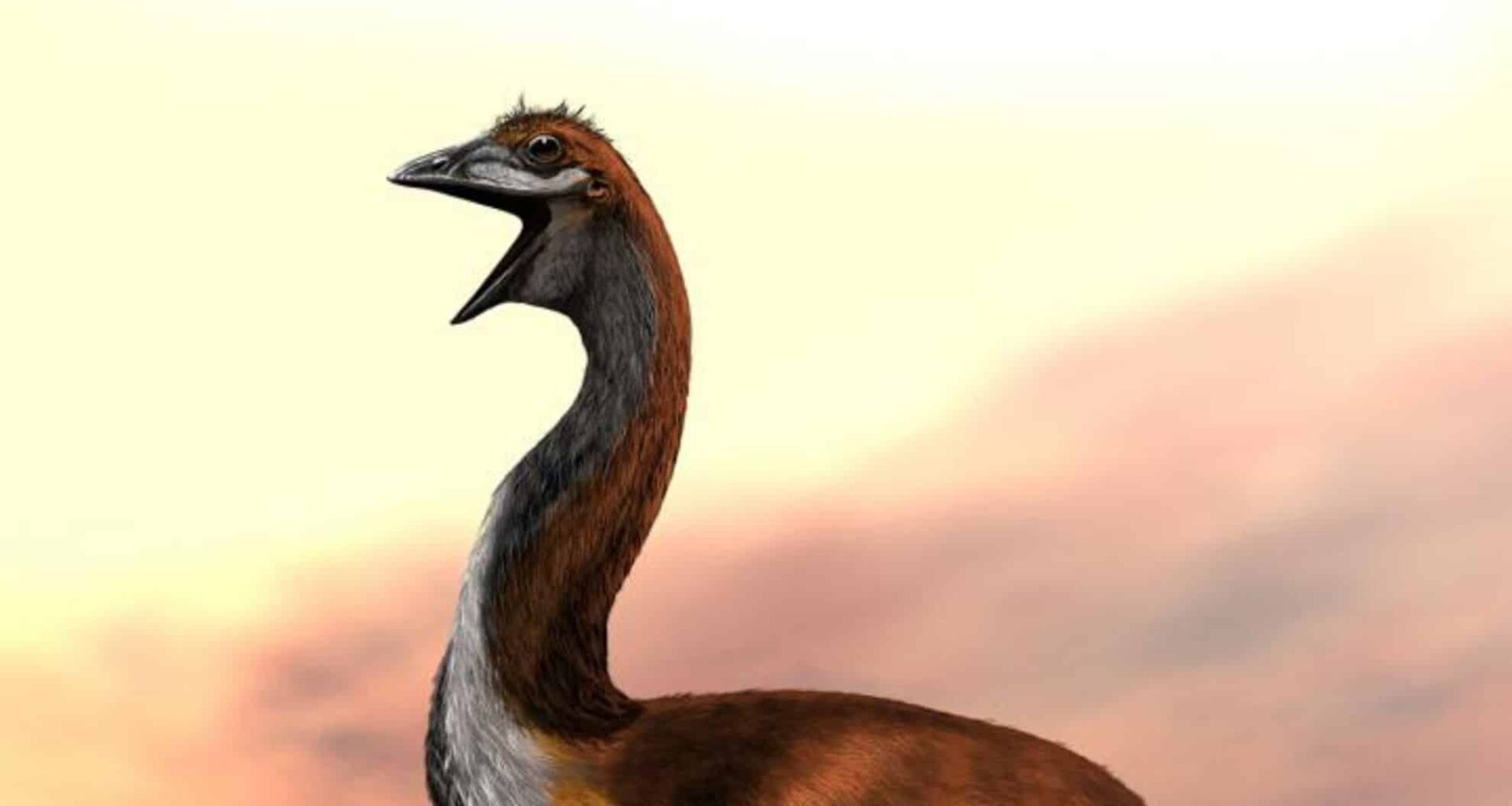Madagascar is home to some of the world’s most unique and remarkable species. However, one of its most awe-inspiring residents, the elephant bird, vanished from the planet roughly 1,000 years ago. This giant bird, often associated with myth and legend, holds the title of the largest bird that ever existed, surpassing even today’s largest birds like ostriches and emus in both size and weight.
A Flightless Giant
The elephant bird (Aepyornis maximus) was a member of the ratite group, which also includes ostriches, emus, and kiwis. However, it made even the ostrich, the largest living bird, look petite by comparison. Weighing over 2,000 pounds and standing up to 10 feet tall, these birds were an incredible sight. Their massive legs and thick, powerful bodies were built for strength rather than speed, and their small, flightless wings were no match for the air. But despite their inability to take flight, the elephant birds thrived in the forests and plains of Madagascar, with few predators to worry about.
Gargantuan Eggs and Slow Movements
According to the information reported by the Lab Manager website, one of the most remarkable features of the elephant bird was its eggs, which were the largest ever discovered. These enormous eggs could grow up to 13 inches in length and hold about two gallons of liquid, equivalent to 150 chicken eggs.
Fossils of these eggs continue to be found today, sometimes washing up on Madagascar’s coasts or being unearthed by farmers and archaeologists. The size of these eggs mirrors the bird’s sheer scale, and they likely played an essential role in the bird’s survival before its eventual extinction.
Despite their intimidating size, elephant birds were herbivores, foraging on fruits, leaves, and low-lying plants in the dense forests. Moving slowly through thick vegetation, the birds relied on their size and power to navigate their surroundings rather than speed or agility.
A Close Relative to the Kiwi
Surprisingly, the closest living relatives of the elephant bird aren’t the large, flightless ostriches or emus, but the much smaller, flightless kiwi of New Zealand. Modern genetic studies have shown that these birds share a deep evolutionary connection, despite their vastly different sizes.
These findings, based on ancient DNA analysis, have redefined the elephant bird’s place in the avian family tree and suggested that the bird was a unique giant with distinct biological characteristics.
Human Impact and the Extinction of the Elephant Bird
The disappearance of the elephant bird closely coincides with the rise of human settlement on Madagascar around 500 to 1000 A.D. This timeline suggests that human activity played a significant role in the bird’s extinction.
“Without an accurate understanding of past species diversity, we can’t properly understand evolution or ecology in unique island systems such as Madagascar or reconstruct exactly what’s been lost since human arrival on these islands. Knowing the history of biodiversity loss is essential to determine how to conserve today’s threatened species.” explained Samuel Turvey, co-author professor from ZSL’s Institute of Zoology.
As the bird’s numbers dwindled, so did its ability to maintain a healthy population, and by 1000 A.D., the mighty elephant bird had vanished from the planet. Today, the bird lives on only in legends and fossilized remains. These massive creatures continue to intrigue scientists and inspire stories of giant birds capable of incredible feats.
The extinction of such a massive and impressive bird highlights the delicate balance that once existed on Madagascar and the lasting impact humans have had on the environment.
